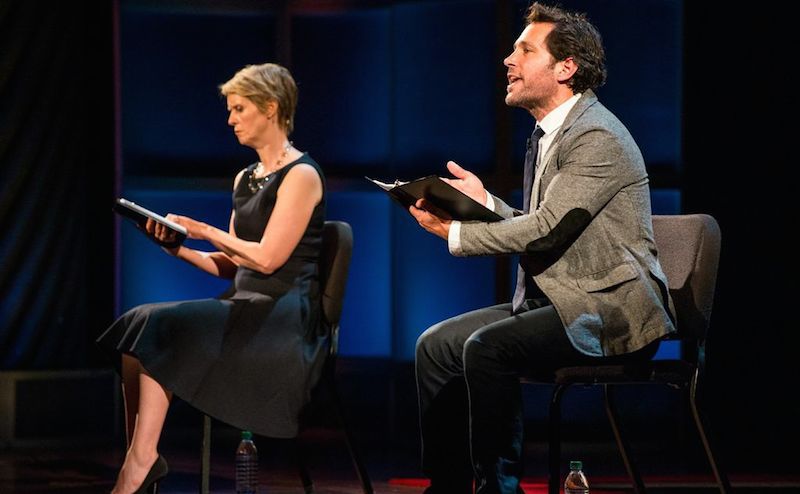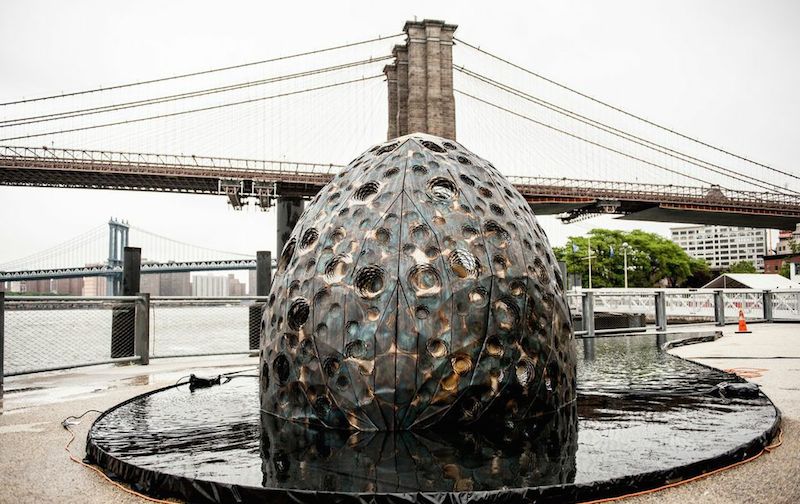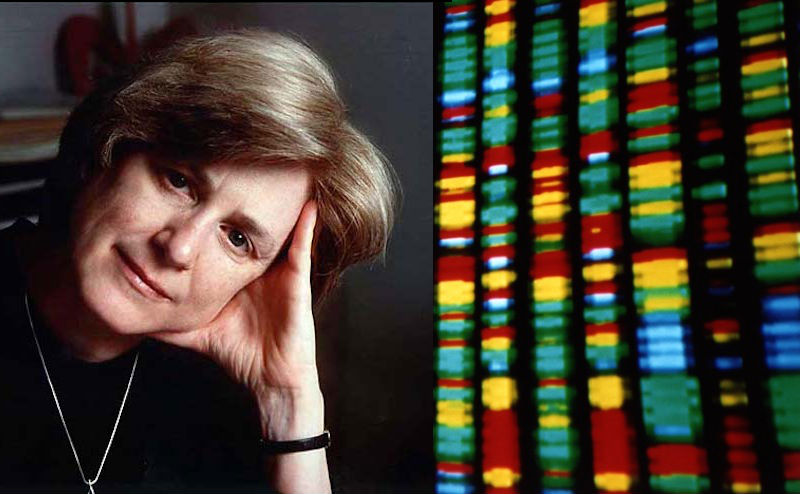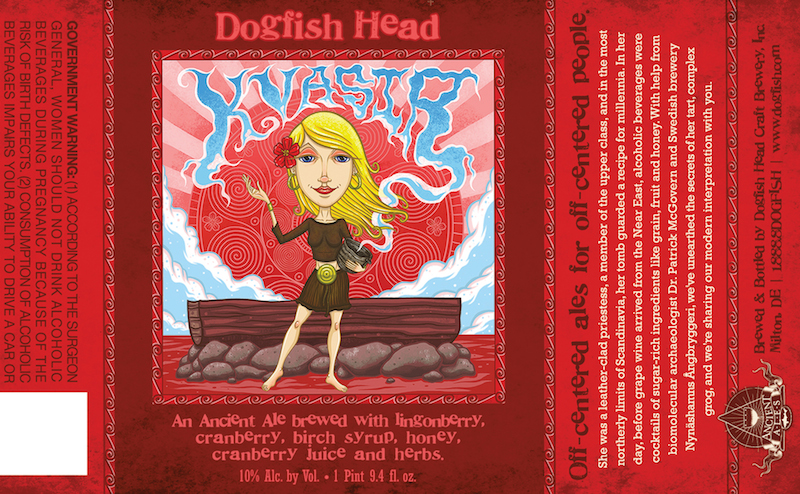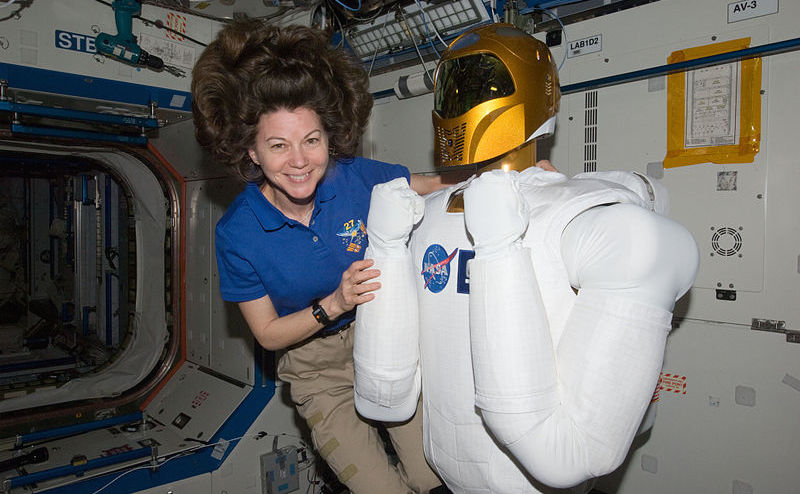Articles
A packed house at New York University’s Skirball Center was in attendance for a reading of Alan Alda’s play “Dear Albert” on May 28, the first day of the 2014 World Science Festival. The work, drawing from the personal letters of Einstein (Paul Rudd), his first wife, Mileva Maric (Cynthia Nixon) and other figures in their lives (Francesca Faridany, who also narrates). It’s a humanizing, funny, and at times troubling peek at the heart of the man whom most of us know as just a metonymy for genius with fright-wig hair.
Read MoreThe 2014 World Science Festival kicks off with a truly flashy arrival: a model comet on display in Brooklyn Bridge Park. The Jet Propulsion Laboratory’s Visual Strategy Studio partnered with US Rosetta Mission at JPL, StudioKCA architect Jason Klimoski and the World Science Festival to create the comet, which is 9 feet high by 12 feet long, made of steel, and exudes a fine mist to mimic the comet’s tail. The display is a 1:1000 scale model of the comet 67P/Churyumov-Gerasimenko (Comet C-G for short), which the Rosetta spacecraft expects to rendezvous with later this year. Experts will show you how to make a “kitchen comet” with dry ice, dirt, soy sauce, baking soda, and more! Scientists will also be on hand to help explain the theory that all the water on Earth may have come here on the backs of comets. If you’d like to visit the comet, it will be installed in Brooklyn Bridge Park through Sunday afternoon. Check the World Science Festival events page for specific programming times. Photo Credit: Greg Kessler
Read More
In the 1640s, the Scientific Revolution was already underway. A century before, Copernicus had argued that the Earth revolved around the sun; 50 years before, Galileo Galilei had supposedly dropped two balls of different masses from the top of the Leaning Tower of Pisa to test the hypothesis outlined in his book On Motion. But as far as a popular movement, what we know of as science was still a bold new fad.
Read MoreA lot of great scientists work steadily in small niches of research for most of their careers. Not geneticist Mary-Claire King; her work spans an impressively wide area of interests: from human evolution, to health, to human rights. “I can’t resist doing interesting things… basically, you only live once,” King said in an interview with PLoS Genetics. “Otherwise you’ll forever feel terrible that you didn’t go for the ring, for a way of making a major impact on a major area.”
Read MoreAbout 3,500 years ago, a woman, likely a dancer or priestess of some god now lost to history, was laid to rest in an log casket and buried under a small mound of earth in what is now Sweden. Underneath a wrap of bearskin, the woman wore a tasseled woolen dress, cinched with a belt bearing a large bronze buckle shaped like the sun. At her feet, the woman’s caretakers had placed a birchbark container holding an ancient brew, which lingered in the vessel thousands of years later.
Read MoreSince its first crew came on board in the year 2000, the International Space Station (ISS) has been one of the most productive research laboratories on (well, off) the planet. Astronauts, cosmonauts, and scientists from 15 different nations have conducted hundreds of experiments over the first 14 years of the ISS’s ongoing mission. And experiments in space often translate into benefits for Earth. “For example, GE now builds new lighter, aircraft engines, because of the technologies we developed in space,” says Julie Robinson, chief scientist for the station since 2007. So what amazing innovations are they working on right now, up there 230 miles above your head? Here are four of Robinson’s favorite experiments going on aboard the ISS right now. Working On: 3-D Printing in Zero G The ISS crew is testing 3-D printing processes as a first step towards establishing a working machine shop in space. This would allow for in-space manufacturing, making onboard experiments more flexible and crew members less reliant on ground support. “Let’s face it, 3-D printing is the manufacturing technology for the future and an incredibly valuable tool for future deep space exploration,” Robinson says. “If something breaks on board a space vehicle, we are …
Read More






